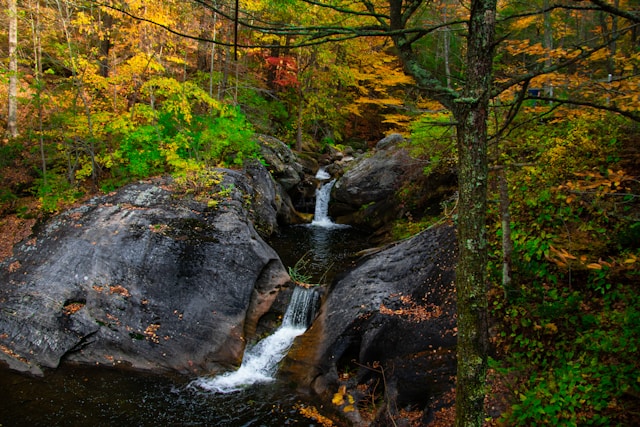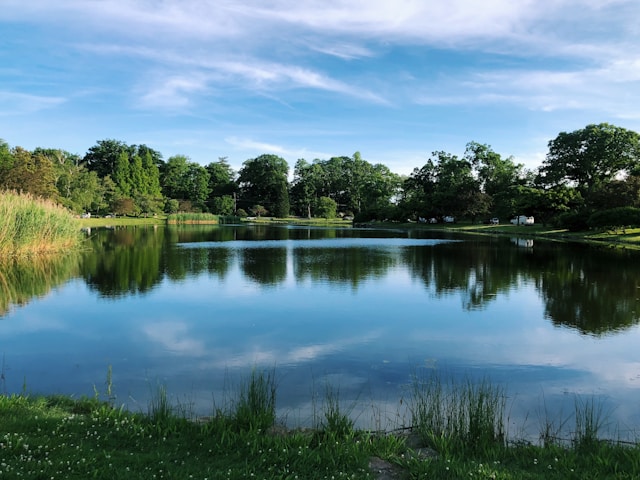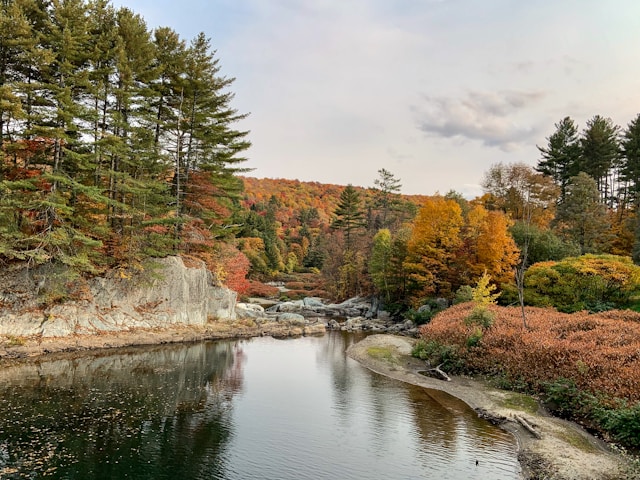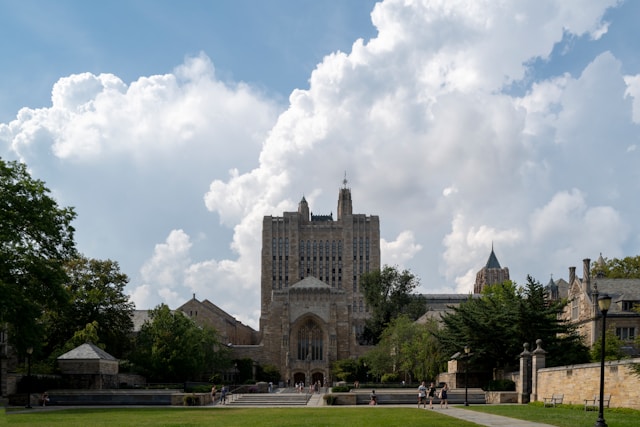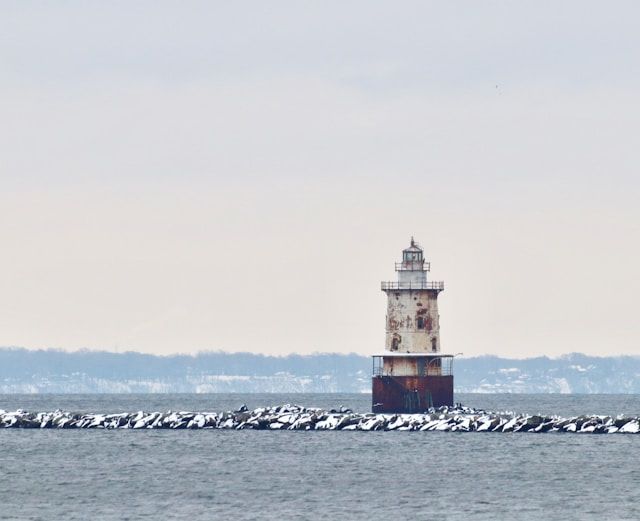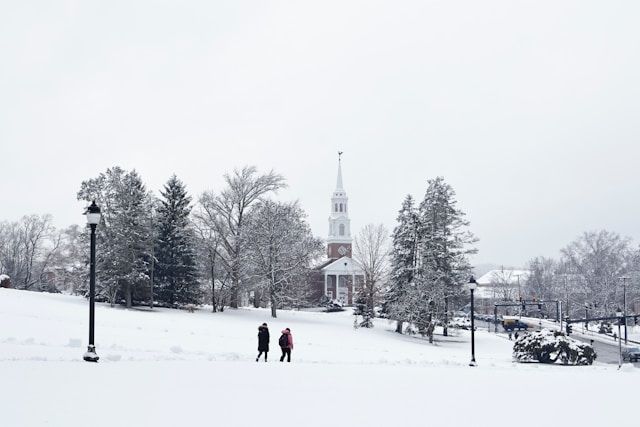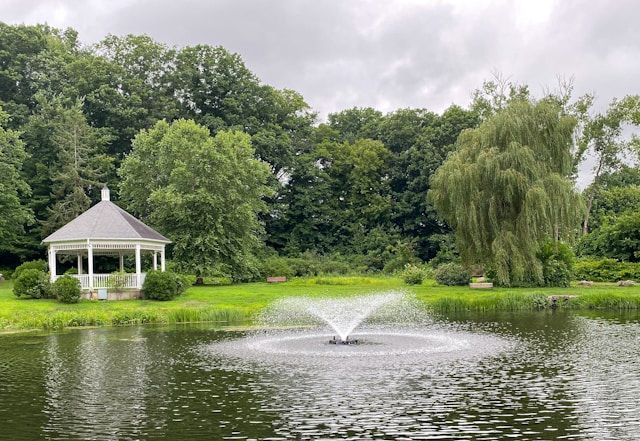Washington, Connecticut offers a true four-season experience with distinct weather patterns throughout the year. The town has a humid continental climate characterized by warm, humid summers with temperatures typically ranging from 70-85°F, and cold winters where temperatures average between 32-42°F. This classic New England climate creates a stunning backdrop for the charming town, with each season bringing its own unique beauty and outdoor opportunities.
The seasonal changes in Washington make it a picture-perfect destination year-round. Summer visitors enjoy lush green landscapes and comfortable temperatures perfect for hiking the many trails or exploring Lake Waramaug. Fall transforms the area into a spectacular display of vibrant foliage. Winter brings an average of 5.16 inches of snow in February alone, creating a wonderland for snow activities, while spring awakens the countryside with colorful blooms and refreshing breezes.
Get a discount of 15% to 70% on accommodation in Connecticut! Look for deals here:
Connecticut Hotels, Apartments, B&Bs
Seasonal Climate Overview
Washington, CT experiences distinct seasonal changes with a humid continental climate pattern. Temperature swings can be significant throughout the year, with precipitation distributed relatively evenly across all seasons.
Spring Weather Patterns
Spring in Washington brings a gradual warming as winter’s grip loosens. March starts chilly with average temperatures ranging from 25°F to 45°F, but by May, the thermometer regularly reaches 65-70°F during daytime hours.
Precipitation is moderate but consistent in spring, averaging 4-5 inches per month. April typically sees the most rainfall, making it the wettest month of the season. This moisture supports the vibrant explosion of greenery throughout the area.
Spring weather can be unpredictable, with occasional late snow in March giving way to warm spells by late April. Morning frost remains a possibility until early May, so local gardeners know to wait until Mother’s Day to plant tender vegetables.
The humidity levels begin to rise in late spring, preparing for summer’s muggy conditions.
Summer Heat and Humidity
Summer in Washington, CT delivers warm temperatures with considerable humidity. July stands as the hottest month, with average highs around 82-85°F, though several days can reach into the 90s.
Nighttime temperatures typically drop to a comfortable 60-65°F, offering relief from daytime heat. The humidity makes the heat feel more intense, with humidity percentages frequently reaching 70-80% during morning hours.
Summer precipitation averages 3.5-4 inches monthly, often coming as afternoon thunderstorms. These brief but intense showers can drop significant rainfall in short periods.
Washington’s lush landscape and numerous water features help moderate temperatures somewhat, preventing the extreme heat found in urban areas. Morning fog is common near lakes and lower elevations, typically burning off by mid-morning.
Outdoor activities thrive in summer, though visitors should be prepared for occasional heatwaves, especially in late July and early August.
Autumn Changes
Autumn transforms Washington into a showcase of spectacular fall foliage. The season begins subtly in September with temperatures ranging from 50-75°F and gradually cooling through November.
October brings the peak fall colors, with daytime temperatures averaging 55-65°F and nights dipping into the 30s and 40s. This temperature variation creates ideal conditions for vibrant leaf displays, drawing visitors from across the region.
Precipitation remains steady at about 4 inches monthly. Fog becomes more common in valleys and near water bodies as temperature differentials increase between day and night.
By November, temperatures drop notably, with highs typically 45-55°F and occasional frost. The first light snow is possible by late November, though significant accumulation rarely occurs until December.
Wind patterns shift in autumn, bringing drier, cooler air from the northwest that helps create those crisp, clear fall days that showcase the region’s natural beauty.
Winter Conditions
Winter in Washington brings cold temperatures and regular snowfall. January is typically the coldest month, with average highs of 30-35°F and lows often dropping into the teens or single digits.
Snow is a consistent feature, with the town receiving approximately 40-50 inches annually. The elevated terrain can see higher accumulations than surrounding lower areas. December through February each average about 10-12 inches of snow.
Winter precipitation totals around 3-4 inches monthly when counting melted snow. Ice storms occasionally occur when warm fronts clash with cold air masses, creating hazardous conditions.
The winter landscape offers pristine beauty, especially after fresh snowfall blankets the rolling hills. Sunny winter days with snow cover create sparkling scenery that compensates for the cold temperatures.
By late February, subtle signs of the coming spring appear, though winter conditions can persist well into March in this humid continental climate.
Local Weather Influences
Washington, Connecticut’s climate is shaped by several key geographical elements that create its distinctive weather patterns throughout the year. These local influences contribute to the town’s four-season climate experience.
Geographical Factors
Washington sits in Litchfield County at an average elevation of approximately 700-900 feet above sea level. This elevated position contributes significantly to the town’s temperature variations, especially when compared to coastal areas. During winter months, Washington typically experiences temperatures that are 5-10 degrees cooler than cities like New Haven.
The town’s location within the Litchfield Hills region means it receives more precipitation than other parts of Connecticut. Annual rainfall averages around 50 inches, distributed fairly evenly throughout the year.
Washington’s position in New England’s interior shields it somewhat from coastal storms, though nor’easters can still bring significant snowfall in winter months. This geographical placement creates distinct seasonal transitions with vibrant fall foliage and snow-blanketed winters.
The Impact of Long Island Sound
Though Washington is inland, Long Island Sound still influences its climate in notable ways. The Sound acts as a temperature moderator for much of Connecticut, with its effects decreasing with distance from the coast.
During spring and fall, the Sound’s thermal mass can delay seasonal temperature shifts in Washington compared to areas further inland or at higher elevations. This maritime influence creates a buffer that slightly moderates extreme temperature swings.
Summer sea breezes occasionally reach Washington, bringing temporary relief during heat waves. These cooling effects are most noticeable on hot summer afternoons when temperature differences between inland and coastal areas are greatest.
Winter storm systems traveling up the Atlantic coast can intensify as they interact with Long Island Sound, sometimes resulting in heavier precipitation for Washington compared to towns further west.
Mountainous Regions and Weather
Washington’s proximity to the state’s higher elevations, including nearby Mount Frissell (Connecticut’s highest point), influences its local weather conditions throughout the year. Cold air masses often settle in these higher elevations before flowing downward into valleys.
This mountainous influence creates microclimates within the Washington area. North-facing slopes typically remain cooler and retain snow longer, while south-facing areas receive more direct sunlight and warmth. These variations can be particularly noticeable during spring thaws.
In fall and winter, the higher terrain surrounding Washington can trap cold air masses, resulting in temperature inversions where valley areas become colder than surrounding heights. This phenomenon contributes to Washington weather sometimes feeling colder than what’s reported in neighboring towns.
Wind patterns are also affected by the mountainous topography, with certain valleys channeling winds and creating localized gusts during storms. These terrain-induced wind patterns contribute to Washington’s distinctive climate character compared to flatter parts of Connecticut.
Get a discount of 15% to 70% on accommodation in Connecticut! Look for deals here:
Connecticut Hotels, Apartments, B&Bs

